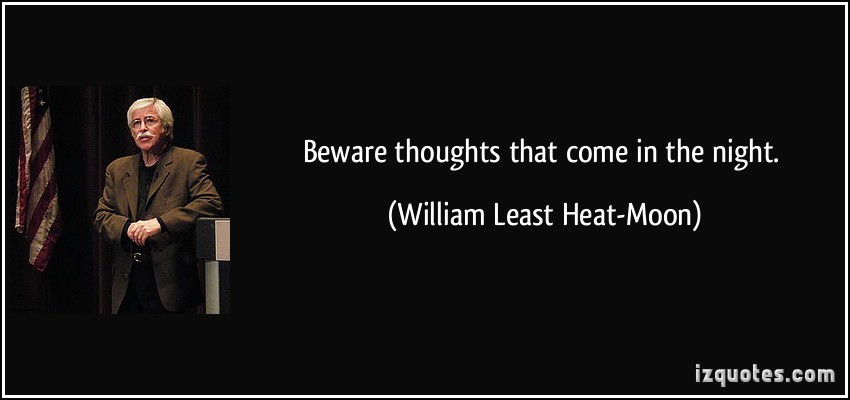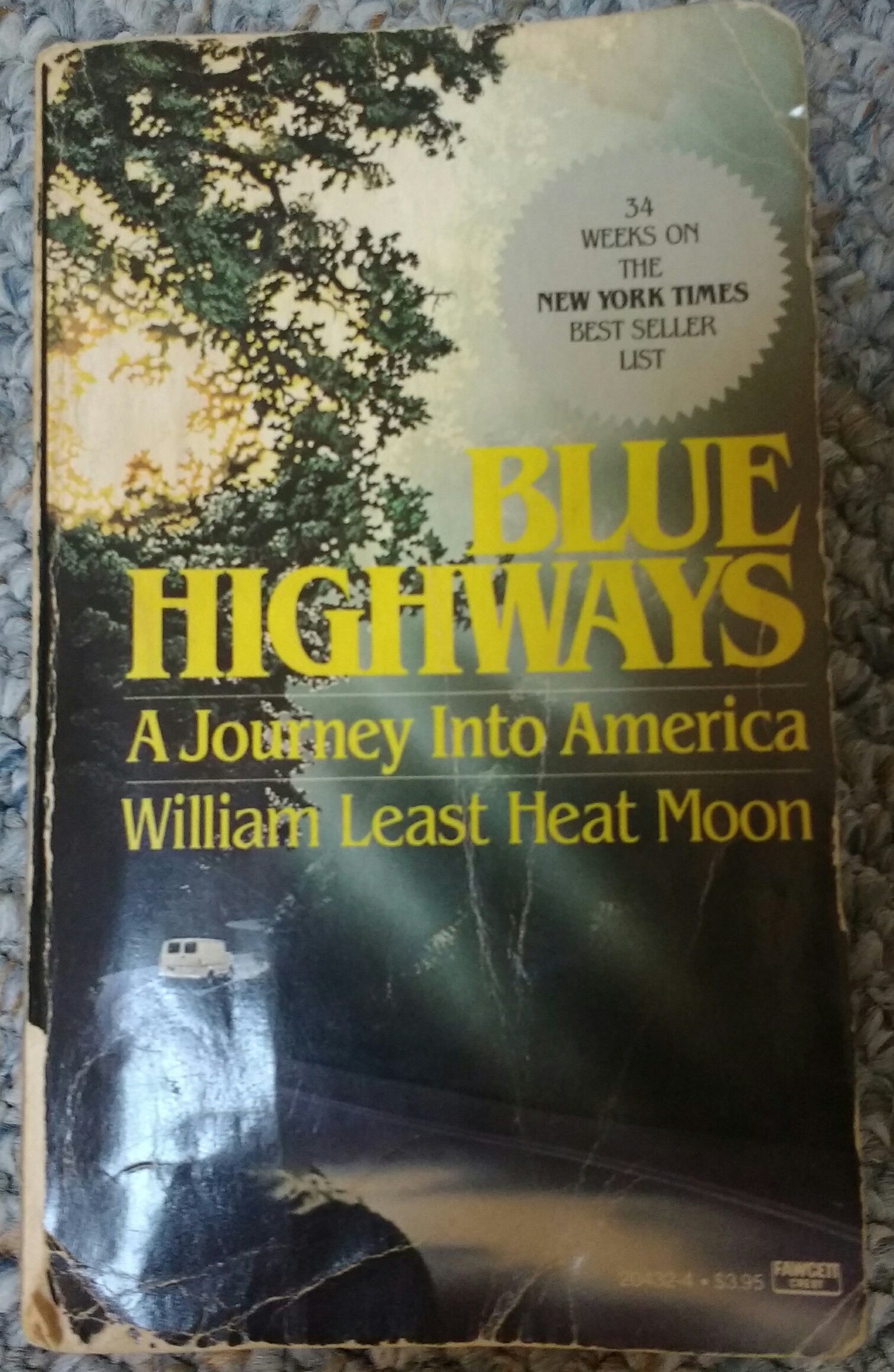

Thankfully, it was written well before travel pieces turned into snide exposés. The book offers something different than the spiritual pilgrimage of Hilaire Belloc’s The Path to Rome.


Heat-Moon had a knack for finding out-of-the-way towns like Nameless, Tennessee or Dime Box, Texas with people who liked to talk. Much like its literary cousins in the open road genre-Steinbeck’s Travels with Charley and Kerouac’s On The Road- Blue Highways appeals to the latent wanderer in every American. The book still has a minor cult following, and it’s not hard to see why. He made stops in most every region, avoided the major cities, and managed to find a good diner or tavern wherever he went. Concluding that a “man who couldn’t make things go right could at least go,” he decided to follow, like a migrating goose, the beginning of spring. The journey was conceived when the author found himself both unemployed and separated from his wife. That is the heart of civic virtue from which the red blood of national restoration flows.Īn overlooked gem in modern American nonfiction is William Least Heat-Moon’s Blue Highways, a travelogue of an eighty-two day drive around the country in a Ford Econoline van. The title is taken from Rand McNally’s coloring system for side roads, which Heat-Moon mostly used. But also, we must all be mastered by the principles articulated in the Declaration of Independence, and the Constitution that proceeds from them. The joy of reading William Least Heat-Moon’s book “Blue Highways” comes from sensing something deep about our ethos: That every American should be master of earning wages to put bread on his table and pursue his bliss. It looks to the towns without malls, and the in-between places, to speak with an authentic voice in an attempt to foster community and the restoration of public virtue necessary to sustain democracy in America. Blue Highways Conservatism embodies the restoration of individual rights, humane national loyalty, and confidence in the American spirit.


 0 kommentar(er)
0 kommentar(er)
